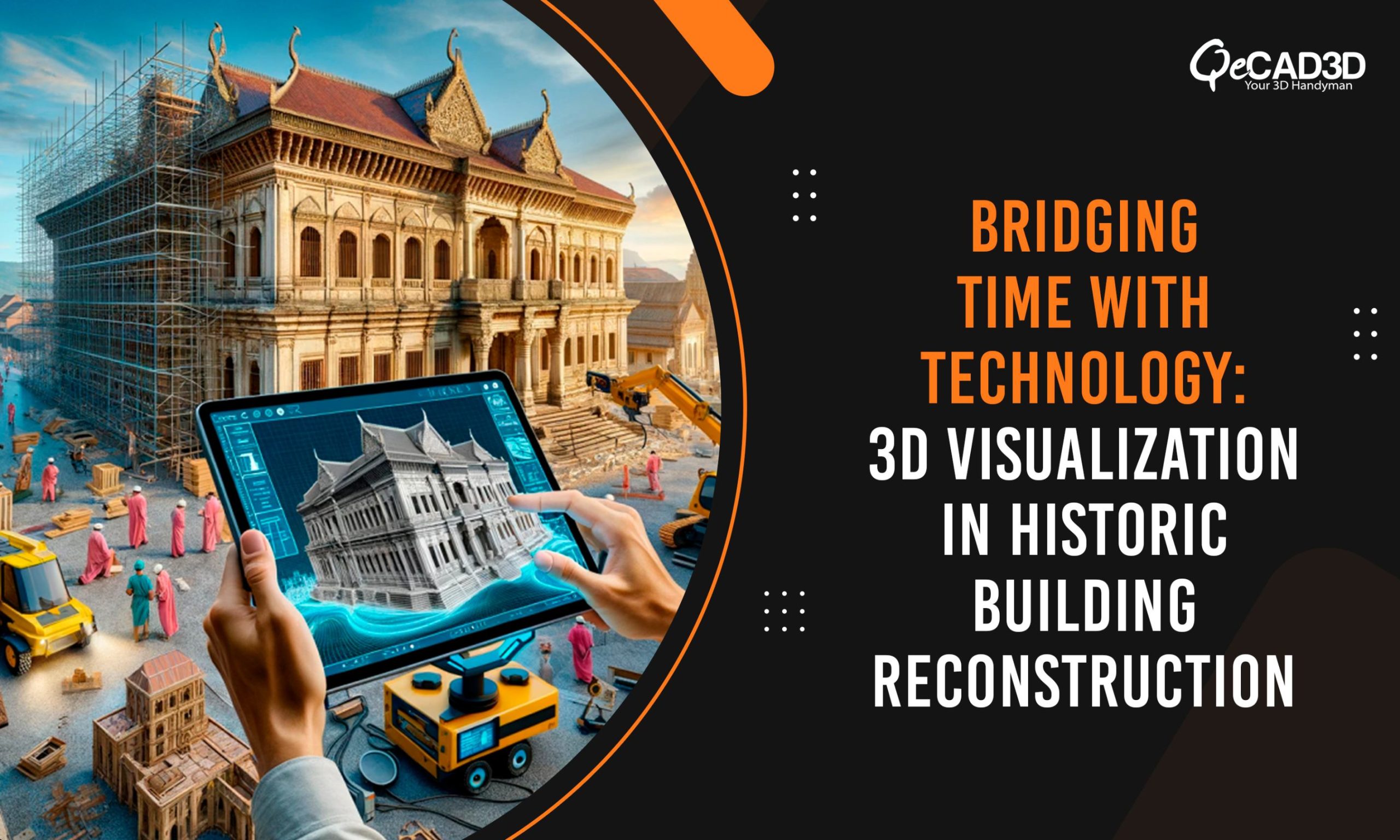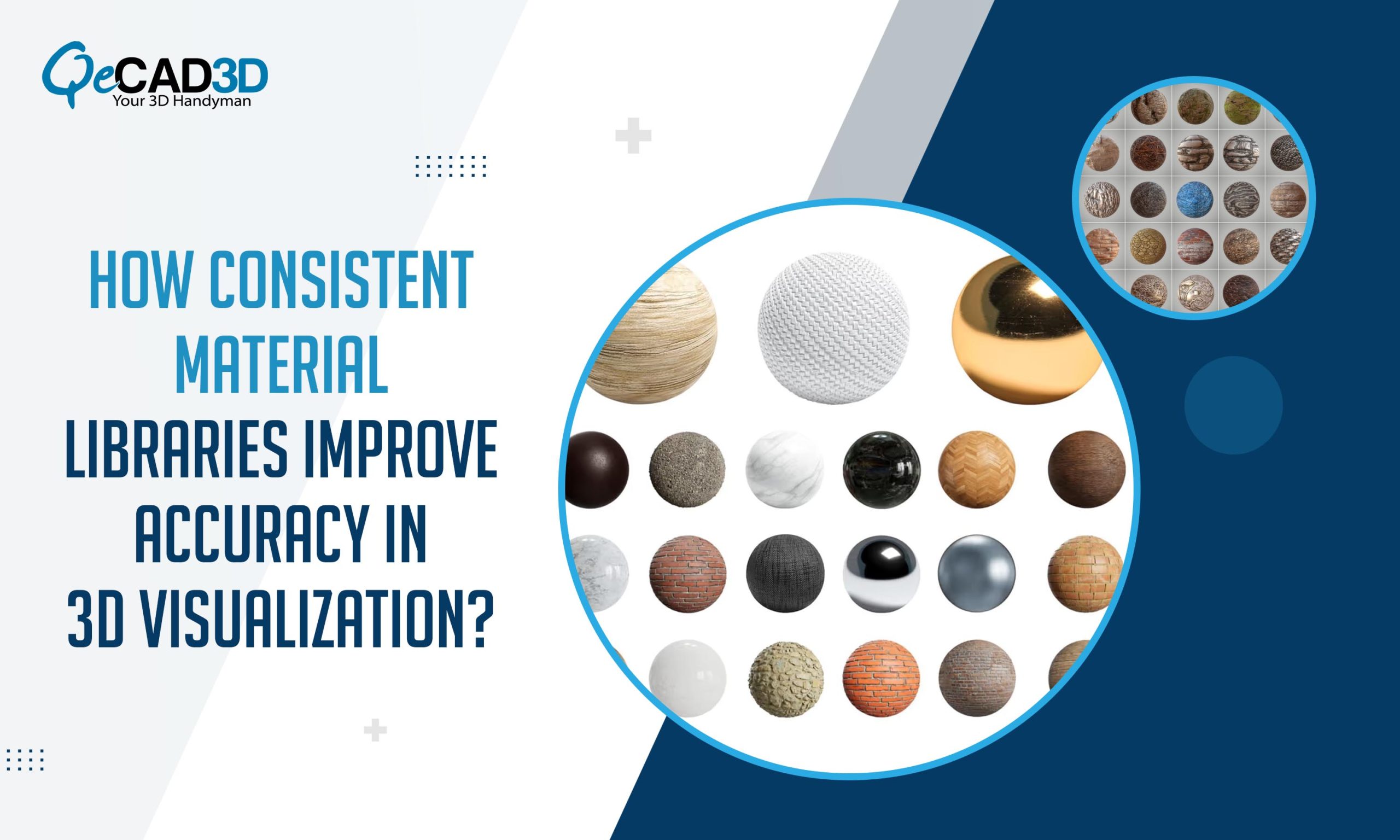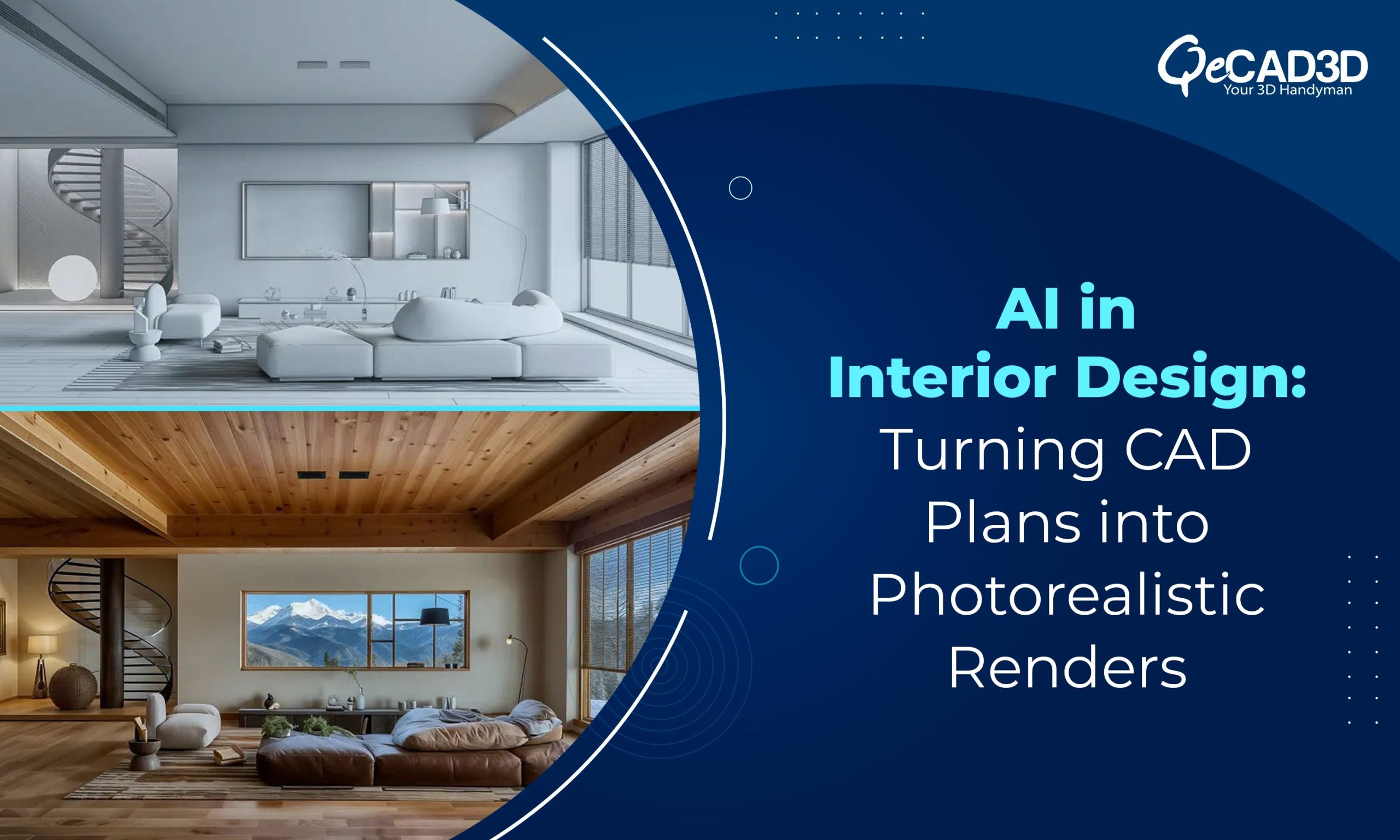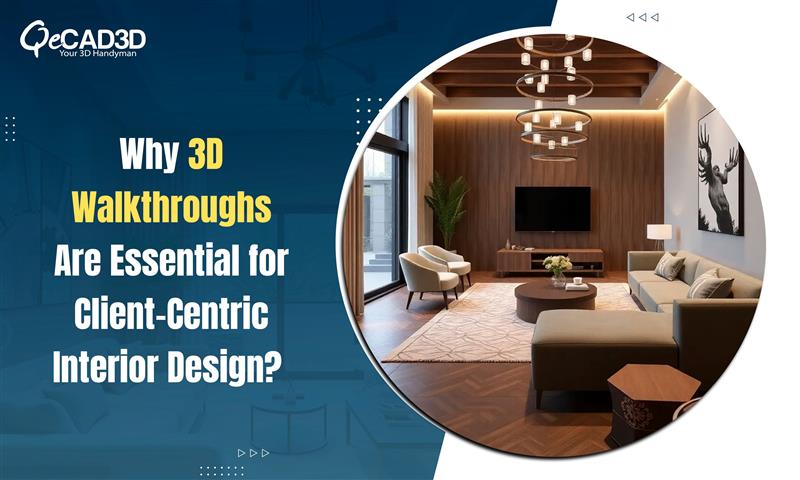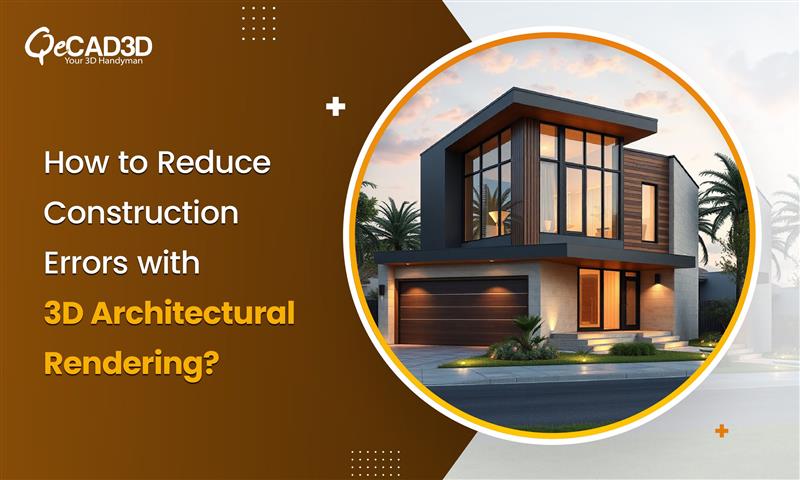Bridging Time with Technology: 3D Visualization in Historic Building Reconstruction
Reconstructing historical buildings goes beyond just restoring structures; it revives stories, heritage, and culture. The evolution of 3D visualization technology has profoundly changed how we approach these reconstructions. Here, we explore the significance, advancements and future of 3D visualization in preserving the historical landmarks.
Exploring the Foundations of Historical Building Reconstruction
- Fundamental Principles of Historical Reconstruction
Historical building reconstruction is all about restoring or rebuilding a structure to reflect its original form. This process respects the architectural details, cultural relevance and historical significance. Reconstruction helps cities and countries preserve their identity and connect with their past thereby fostering cultural continuity and education. - The Progression of Reconstruction Techniques
Traditional reconstruction methods relied on physical blueprints, photographs as well as architectural sketches. These processes were quite effective for their time but often posed challenges in capturing the intricate details and ensuring the precision. As a result, the evolution towards the modern digital methods became necessary to meet the demands for accuracy and sustainability.3D Modeling and Photorealistic Renderings are among them which imitates/recreates the building as if they were in real.
How Technology is Transforming Reconstruction
- 3D Modeling and Rendering
The introduction of 3D modeling and rendering has revolutionized the field of historical reconstruction. Through advanced 3D software, the experts can create detailed and accurate digital representations of historical structures. These models can be adjusted to show various stages of reconstruction, allowing for better visualization of the process and more informed decision-making.3D rendering brings life to blueprints by simulating realistic textures, lighting and materials. This capability helps stakeholders visualize the end result and guides artisans and builders in executing the project with fidelity to historical aesthetics.
- Virtual Reality
Virtual Reality (VR) takes 3D visualization a step further by creating immersive environments using Virtual Tour Services. With VR, historians, architects, and the public can “walk through” a digital reconstruction of an ancient building. This immersive experience enhances understanding by offering perspectives that static images or traditional models cannot fully capture. It also serves a valuable platform for education and tourism, broadening access to historical narratives. - Low-Cost Tools
Not all reconstruction projects have access to extensive funding. Fortunately, technological advances have introduced cost-effective tools that enable smaller teams and communities to undertake preservation projects. Open-source 3D modeling software and affordable photogrammetry apps have made digital reconstructions more accessible, democratizing the process of preserving history.
Achieving Accuracy and Sustainability in Reconstruction
- Upholding Accuracy in Historical Reconstructions
Accuracy is paramount when reconstructing historical buildings. 3D visualization allows for the meticulous collection and examination of historical data, such as old photographs, maps and existing ruins. By incorporating these sources into 3D models, the reconstruction teams can achieve higher fidelity in replicating the building’s original features.Digital archiving also supports collaboration between experts in history, architecture and archeology. This multidisciplinary approach ensures that reconstructions are as historically accurate as possible.
- Sustainable Practices in Reconstruction
Sustainability in reconstruction involves using eco-friendly materials and processes. Digital models allow teams to simulate different construction methods and materials, helping them select the most sustainable options. For instance, teams can test energy-efficient designs or materials that reduce environmental impact, balancing modern sustainability practices with historical authenticity.
Showcasing and Advancing Historical Reconstructions
- Virtual Tours and Digital Presentations
A key advantage of 3D visualization is the ability to present completed reconstructions through virtual tours and digital presentations. Interactive 3D models can be embedded in websites, enabling users worldwide to explore historical buildings from the comfort of their homes. These digital platforms are powerful tools for education, tourism, and funding, as they showcase the value and significance of preservation projects. - Trends in Historic Visualization
Recent trends in historical visualization include integrating augmented reality (AR) and interactive touchscreens in museums and public spaces. This technology enriches learning experiences, enabling users to view the layers of a building’s history or see how a site evolved over centuries.
The Future Outlook of Historical Building Reconstruction
The future of historical building reconstruction looks promising with the continual development of 3D technology, artificial intelligence (AI), and machine learning. These tools will improve the ability to analyze historical data and predict missing details of damaged structures. Additionally, with sustainability being a growing focus, integrating green technology with digital tools will lead to more eco-friendly preservation practices.
As the technologies advances, using these by opting for a top-notch 3D Visualization Company will enable a more comprehensive and precise reconstructions.


